You can trust your Jaguar vehicle to take you on essential journeys in these unprecedented times. However, it’s important to properly clean your vehicle to reduce the risk of transmitting the coronavirus—especially when changing drivers.
The coronavirus that causes COVID-19 can be transmitted through airborne droplets produced when an infected person coughs or sneezes; it can also be transferred through contact with contaminated surfaces and then touching your eyes, nose or mouth. This is why it’s vital to thoroughly clean the highest risk areas in and around your Jaguar vehicle.
CLEANING YOUR VEHICLE

PREPARE
Before you begin, wash your hands with antibacterial soap for at least 20 seconds or use hand sanitizer that contains at least 60% alcohol. Put on nitrile gloves and dispose of any waste that may be inside the vehicle. Prepare to focus your efforts on hard, non-porous surfaces; these run the highest risk of contamination.

SANITIZE
Clean your vehicle with disinfectant wipes or sprays, particularly the high-risk surfaces, which include:
• Steering wheel
• Gear selector
• Seatbelts
• Mirrors
• Door handles
• Dashboard
• Fuel cap
• Interior controls
• Touchscreens
• Key fob

REPEAT
Repeat your hand washing or alcohol-based hand sanitizing technique after cleaning. Be sure to repeat all steps before and after each drive for optimal results.
If you are taking over the vehicle from someone who is self-isolating, or who has a confirmed case of COVID-19, professional medical advice should be sought, and deeper cleaning may be required.

EXTERIOR
When cleaning the exterior of your vehicle, a solution of at least 70% alcohol is recommended. Apply the disinfectant to a towel before using it to gently clean any surfaces; avoid spraying the area directly. Always make sure that the vehicle is cool to the touch before cleaning.

INTERIOR
Hard surfaces (i.e. infotainment controls, dashboard, cup holders, etc.) are more likely to be contaminated than the soft materials inside of your vehicle, and should take priority during the cleaning process.
When cleaning soft trim and leathers, water-based disinfectants are recommended. You should choose a small spot to test the cleaning product on before applying generally to ensure it will not dry or discolour the interior materials. Mild, diluted, fragrance-free soaps will protect your vehicle’s leather interior, while regular disinfectant wipes or sprays can damage porous materials.
RECOMMENDED DISINFECTANTS
As you disinfect your vehicle, use the guide below to help determine which products may be the safest and most effective to use on different materials. Please note that the Jaguar Land Rover leather cleaner and Autoglym Interior Shampoo are the only verified products that work on Jaguar interiors. Other products may be used, but at your own risk. When using any cleaning solution, you should always read the instructions thoroughly and be mindful of the advice on what can and cannot be cleaned.
Check your owner’s manual for more information on your vehicle.
DISINFECTANTS FOR EVERY MATERIAL
-
Do use the Autoglym Interior Shampoo.
Do use general fabric cleaners, but be sure to clean whole panels to avoid water marks at edges.
-
Do use diluted solutions that contain fabric cleaner. Be sure to clean full area rather than spots to avoid staining at the edges.
Do use fabric cleaners with fragrance, as these pose no threat to Kvadrat material.
-
Do use mild, neutral soap solutions.
Do use wipes or cloths that are soft and nonabrasive.
Do not use solutions containing alcohol.
-
Do use detergent or soap and water before disinfecting Ultrafabrics.
Do use 1:5 bleach/water solutions.
Do use alcohol-based cleaners that contain at least 70% alcohol.
Do use quaternary-based disinfectants.
Do use hydrogen peroxide-based cleaners.
-
Do use mild soap solutions.
Do use alcohol solutions and wipes.
-
Do use mild soap solutions.
Do use wipes or cloths that are soft and nonabrasive.
Do not use solutions containing alcohol.


